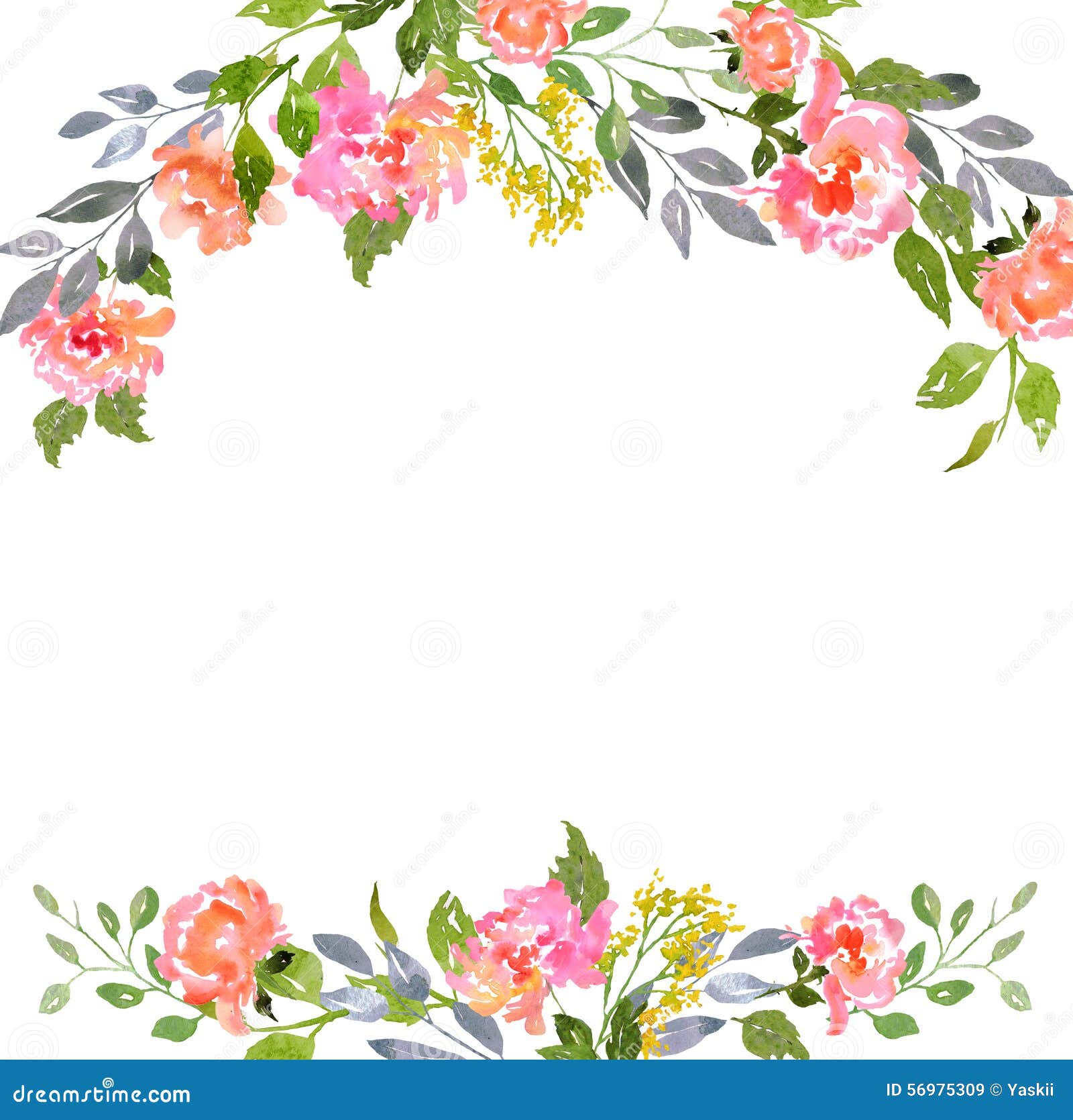



Yam: A starchy root vegetable with a powdery texture and a mildly sweet taste.Purple Carrot: A root vegetable that comes in orange, purple, black, white and red varieties.Blueberries: These are flowering plants with small blue and purple berries.Purple Sweet Potato: A plant that belongs to the morning glory family with mildly sweet, edible tubers.It’s commonly used in aromatherapy due to its calming scent. Lavender: This is a flowering plant in the mint family.Some viola species are perennials and some are small shrubs. There are many different types of lilac flowers and they range in sizes, shapes and tones of purple. Lilac: Lilacs are part of the mustard family.A spongy, edible fruit that is popular grilled and in curries. Eggplant: These are also known as aubergines and brinjals.They can be eaten raw, grilled or lightly fried and are popular in salads. Red Onion: These onions have a mildly sweet flavour.Amethyst: Amethysts are a type of purple quartz and semiprecious stone.Here’s a longer and more detailed list of things that are naturally purple, including descriptions: Here’s a visual list of things that are purple in nature: We’ve tried to cover all of these shades in this list, including multicoloured things that are mostly a natural purple. There are so many different types of purple – reddish, bluish, pale mauves and lavenders, deep eggplants and plums. Plants wilt (sometimes one-sided) in daytime later, entire plant wilts/dies stunting yellow leaves poor flowering roots rot stem cross-section reveals brown discolorationĭestroy infected plants/ roots/surrounding soil (do not compost) remove plant debris regularly disinfect tools resistant varieties avoid excess nitrogen in acidic soils, raise pH to 7.Welcome to our list of naturally purple things! Knock off with water spray apply insecticidal soap inspect new plants carefully use slow-release fertilizers avoid excess nitrogen encourage aphid predators such as lacewings, ladybugs, spiders Misshapen/yellow leaves distorted flowers leaf drop sticky “honeydew” (excretion) on leaves sooty, black mold

Morning Glory Pests and Diseases Pest/Disease In any case, if you come across a plant in your garden that resembles morning glory and you know you didn’t plant it, it’s best to err on the side of caution and treat it as a weed. Morning glory vines are usually thicker than bindweed’s vines, and typically have small hairs.Field bindweed flowers only occur in either pink or white, whereas annual morning glory flowers may be pink, white, magenta, blue, purple, or red, and are much larger than those of the bindweed.Bindweed leaves are also shaped more like an arrowhead than those of morning glories, which are heart shaped. Morning glory leaves may be 2 inches or more across bindweed leaves rarely exceed 2 inches. Field bindweed leaves are typically smaller than those of annual morning glories.To tell the difference between the plants, look closely at the leaves, flowers, and vines: Field bindweed-also called “perennial morning glory” or “creeping jenny”-grows similarly to annual morning glories, but sends out deep, deep roots, which make it very difficult to get rid of and allow it to overwinter in areas where cultivated morning glories could not. The attractive annual morning glory (Ipomoea spp.) is often mistaken for its perennial cousin, field bindweed (Convolvulus arvensis), which is an aggressive, invasive weed native to Europe and Asia. What’s the Difference Between Morning Glory and Bindweed? Keep them out of reach of children and pets. Warning: Morning glory seeds are poisonous, especially in large quantities. Because of this, you’ll want to choose where you put this plant wisely! Otherwise, you may end up with more morning glories than you bargained for. This drought-tolerant plant grows quickly-up to 10 feet in one season-and can self-seed fairly easily, too. Train twining morning glory vines over a pergola or arch, or use as a dense groundcover. With slender stems and heart-shaped leaves, their trumpet-shaped flowers come in colors of pink, purple-blue, magenta, or white. Their fragrant, colorful flowers are not only attractive to our eyes but also beloved by butterflies and hummingbirds. Morning glories bloom from early summer to the first frost of fall. Learn all about growing morning glories in your garden! About Morning Glories How do you plant and care for morning glories? These strong climbers have beautifully shaped blooms that unfurl in the sun and romantic tendrils that lend old-fashioned charm.


 0 kommentar(er)
0 kommentar(er)
